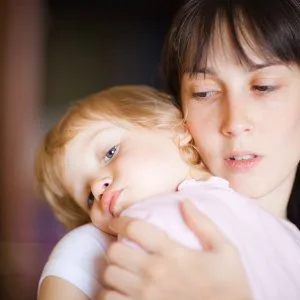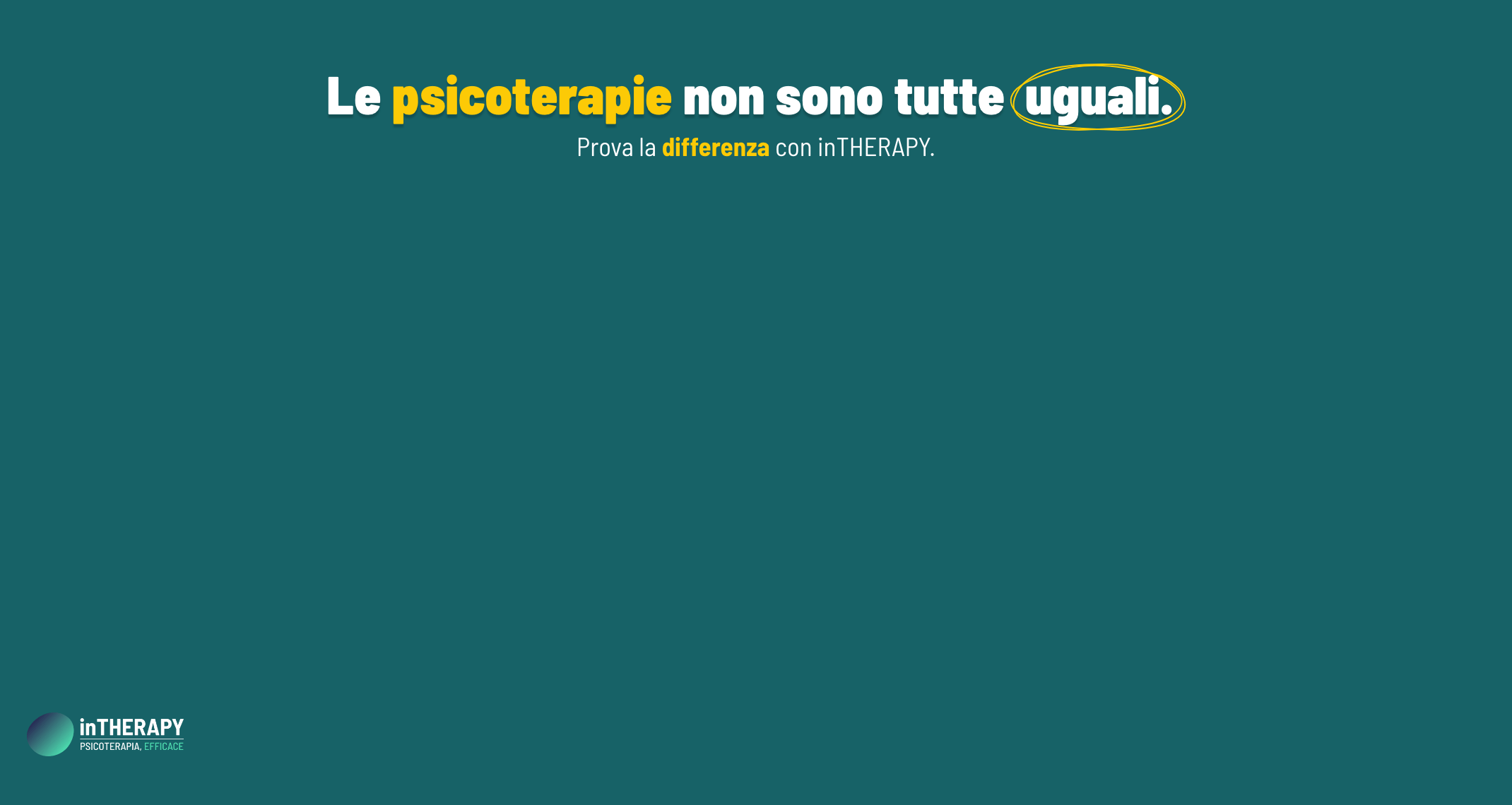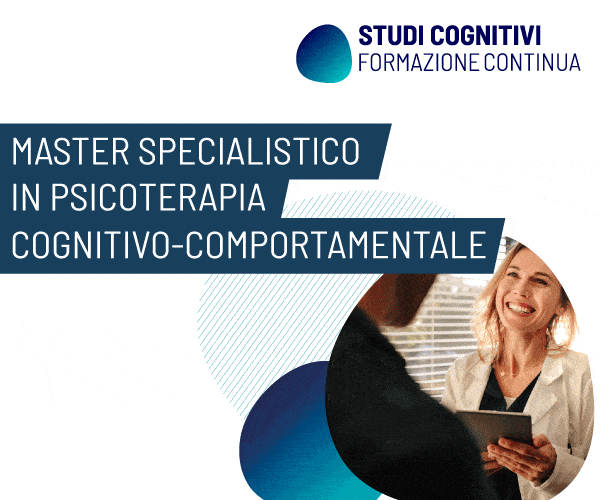– Attachment Series by Jeffrey Pella –
The effect of maternal anxiety on mother-child attachment

In this article I will be discussing attachment in the context of maternal anxiety. Mother-child interactions in the context of anxiety are qualitatively different from interactions seen in healthy mother-child dyads (e.g. lack of autonomy promotion). Mother-child interactions characterized by similar differences are theorized to lead to the development of insecure attachment in children (i.e. explicitly, low or inconsistent maternal sensitivity and responsiveness).
Therefore, since maternal anxiety influences mother-child interactions in a similar style which is theorized to promote insecure attachment, the effect of maternal anxiety on infant attachment style has been examined.

Delcarmen, Pederson, Huffman and Bryan (1993) examined attachment security in a normal population of 52 distressed mothers and their infants. At 12 months, infants’ attachment styles were assessed using the Strange Situation Procedure (SSP). Maternal anxiety was assessed using a battery of questionnaires prenatally. The results demonstrated that those mothers who had higher prenatal anxiety scores were more likely to have insecurely attached infants when compared to those who had lower anxiety scores. The Atkinson et al. (2000) meta-analysis, which was mentioned in a previous article in this series, investigated 13 studies of maternal stress and insecure infant attachment, also showed that maternal stress was significantly associated with insecure child attachment.
Manassis, Bradley, Goldberg, Hood and Swinson (1994) used an experimental design to investigate a clinical population of 18 anxious mothers and the attachment classification of their 20 children (aged 18 to 59 months). All maternal diagnoses were conducted using the SCID. Measures of maternal attachment and mother-child attachment style were taken using the Adult Attachment Interview and the SSP, respectively.

The children were then assessed using the Diagnostic Interview for Children and Adolescents Revised, parent version (Reich & Welner, 1988). After reclassifying the disorganized children to their secondary classification, the results showed that 11 of the 20 children had an insecure attachment style. Specifically, six had a resistant attachment style and five had an avoidant style. Additionally, 13 of the children’s attachment style matched that of their mothers. Finally, three children in the sample were reported to have an anxiety disorder diagnosis; notably, two had an avoidant and one had a resistant attachment style. Although this study was limited by its sample size and lack of a comparison group, it does suggest a possible link between anxiety disorder in mothers and insecure attachment style in their children.
Further investigation into the relationship between mother-child interactions and child attachment by Corriveau et al. (2009) examined the relationship between children’s attachment styles and their dependency and trust in their mothers’ judgment. One–hundred and forty-seven children’s attachment styles were assessed at 15 months of age using the SSP. At 50 months of age children’s attachment style and their trust in their mothers were measured using a hybrid image task. The children were scored for the proportion of trials which they chose to ask their mothers for information about each hybrid image rather than the stranger, and for when they chose to support their mothers’ comments rather than those of the stranger.

Resistant children showed the most dependency on their mothers, asking their opinion most frequently; they were followed by securely attached children, with avoidant children showing the least dependency. In relation to maternal trust, avoidant children showed the least trust in their mother followed by secure and resistant children were the most trusting. Interestingly, disorganized children were the least systematic in their responses and showed no preference to their mothers or to the strangers.
Overall, there appears to be a link between maternal psychopathology, specifically maternal depression, and children developing insecure attachment styles. Additionally, although evidence is more limited, it appears that maternal anxiety may also be associated with the development of insecure attachment. Interestingly, an investigation into the mother-child relationship in each attachment classification revealed that avoidant children were the most rejecting of their mothers, followed by secure children, and lastly resistant children.
REFERENCES:
- Atkinson, J., Paglia, A., Coolbear, J., Niccols, A., Parker, K. C. H., & Guger, S. (2000). Attachment security: A meta-analysis of maternal health correlates. Clinical Psychology Review, 20, 1019 – 1040.
- Corriveau, K. H., Harris, P.L., Meins, E., Fernyhough, C., Arnott, B., Elliott, L., Liddle, B., Hearn, A., Vittorini, L., & de Rosnay, M. (2009). Young children’s trust in their mother’s claims: Longitudinal links with attachment security in infancy. Child Development, 80, 3, 750 – 761.
- Del Carmen, R., Pederson, F., Huffman, L,. & Bryan, Y. (1993). Dyadic distress management predicts security of attachment. Infant Behavior and Development, 16, 131 – 147.
- Manassis, K., Bradley, S., Goldberg, S., Hood, J. & Swinson, L. (1994). Attachment in mothers with anxiety disorders and their children. Journal of the American Academy of Child and Adolescent Psychiatry, 33, 1106 – 1113.
- Reich, W., & Welner, Z. (1988). Diagnostic interview for children and adolescents (Parent Version, Revised). St. Louis, MO: Washington University.






